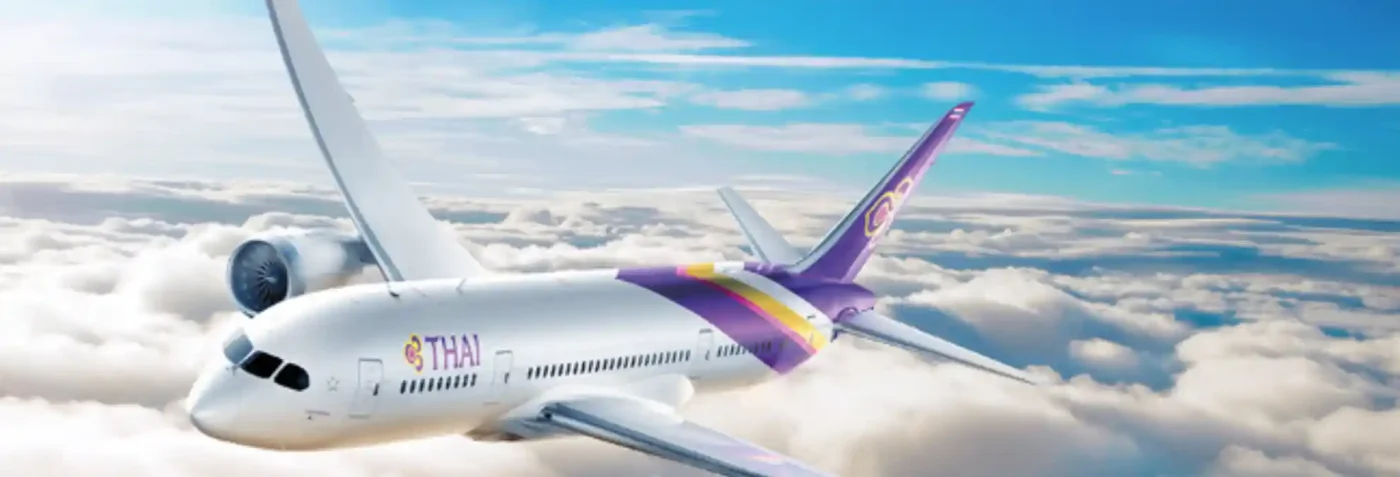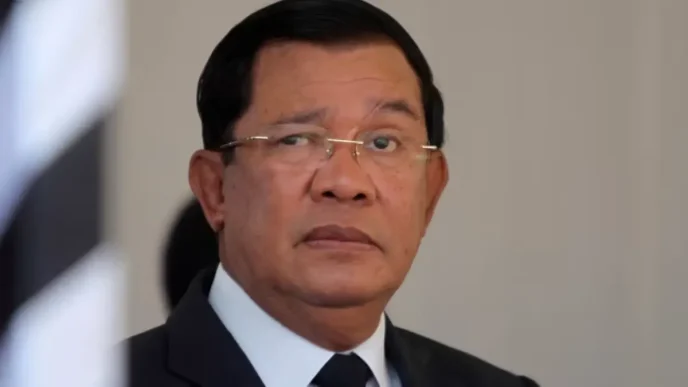Thai Airways International, Thailand’s national carrier, has unveiled a transformative five-year investment strategy valued at 170 billion baht (~US$4.8 billion), marking one of the most significant capital commitments in the Asian aviation sector. Announced ahead of the airline’s anticipated return to the Stock Exchange of Thailand on August 4, 2025, the plan aims to nearly double its fleet, enhance operational efficiency, and capture a larger share of the competitive aviation market. Following a successful business rehabilitation, Thai Airways is positioning itself for long-term growth, with a focus on fleet modernization, premium services, and digital innovation.
Fleet Modernization at the Core
The cornerstone of Thai Airways’ strategy is a 120 billion baht (~US$3.4 billion) allocation for fleet modernization. The airline plans to expand its current fleet of 78 aircraft to 150 by 2033, a near-doubling that signals ambitious growth. This expansion will be supported by the acquisition of next-generation aircraft, with deliveries scheduled to begin in 2027. Alongside new purchases, 20 billion baht (~US$565 million) has been earmarked for comprehensive cabin upgrades across the existing fleet, set to commence in the same year. These refurbishments aim to elevate passenger experience, ensuring the airline remains competitive in a market where customer satisfaction is paramount.
Beyond sheer numbers, Thai Airways is pursuing a fleet rationalization program to streamline operations. Currently operating eight aircraft types with nine engine variants, the airline faces significant complexity in maintenance and training. Under the new plan, it will reduce aircraft types to four models and engine variants to five. This shift is expected to simplify maintenance procedures, reduce spare parts inventory, and enhance scheduling flexibility, yielding substantial cost savings to offset the hefty capital outlay. As Chai Eamsiri, Chief Executive Officer, explained on a recent occasion, the goal is to enhance cost control in operations and maintenance through this leaner foundation, setting the stage for market expansion.
Financial Foundations and Funding Strategy
Thai Airways’ ability to fund this ambitious program rests on a remarkable financial turnaround. Emerging from a challenging rehabilitation process approved by the Central Bankruptcy Court in 2021, the airline has strengthened its balance sheet significantly. Cash and cash equivalents have surged from 22 billion baht (~US$620 million) pre-rehabilitation to 152 billion baht (~US$4.3 billion) by the first quarter of 2025. Its debt-to-equity ratio has also improved dramatically, dropping from 12.5 times in 2019 to 2.2 times in the same period, reflecting enhanced financial stability.
The airline’s current cash reserves, exceeding 120 billion baht (~US$3.4 billion), will cover the initial two years of the investment plan. For the later phases, particularly when aircraft deliveries begin in 2027, Thai Airways intends to secure long-term borrowing. Preliminary discussions with banking partners are already underway, indicating a phased approach to capital deployment that balances growth with risk management. This strategy is designed to build investor confidence ahead of more substantial financing needs, ensuring the airline can demonstrate operational success in the interim.
Dr. Piyasvasti Amranand, Director and former Chairman of the Plan Administrator, highlighted the scale of this recovery. Speaking recently, he noted that Thai Airways completed all conditions of its rehabilitation plan in just four years, a feat underscored by an operating profit of 13,661 million baht (~US$386 million) in the first quarter of 2025. This resulted in an EBIT margin of 26.5%, the highest among full-service carriers in the Asia-Pacific and Europe, signaling exceptional management efficiency.
Targeting Market Dominance
With its financial house in order, Thai Airways is setting its sights on market expansion. The airline aims to increase its market share from 26% to 35% by 2029, a target underpinned by both organic growth through fleet expansion and strategic partnerships. Operating across 63 destinations in 34 countries, Thai Airways is leveraging alliances to extend its reach without additional aircraft investment. A notable example is the Joint Business Agreement with Turkish Airlines, signed in June 2025, which expands its European network to over 60 routes via Istanbul.
Simultaneously, the carrier is focusing on the lucrative premium cabin segment. It plans to grow its premium cabin share from a modest 0.5% in 2024 to 10% by 2033, capturing higher-margin revenue streams. This dual approach of expanding capacity and targeting high-value customers reflects a nuanced strategy to strengthen its competitive position in a crowded market.
Digital Transformation and Operational Excellence
Beyond hardware, Thai Airways is investing heavily in digital transformation to enhance both customer experience and operational efficiency. This includes upgrades to its website and mobile applications, aiming to boost direct online sales from 19% to 25%. By increasing direct bookings, the airline seeks to reduce distribution costs while fostering stronger customer relationships. The digital strategy also extends to backend systems, with investments in maintenance management, crew scheduling, and passenger service technologies to support the expanded fleet.
Customer service remains a priority, as evidenced by the establishment of an Overseas Thai Contact Centre in April 2024. Offering multilingual support across 24 countries in six languages, the center underscores the airline’s commitment to quality. This focus has paid dividends, with customer satisfaction rates rising from 94% in 2019 to 98% in 2024, a testament to the success of its service improvement initiatives.
Infrastructure and Corporate Governance
The investment plan also encompasses critical infrastructure development, including digital system enhancements and hangar facility upgrades to support the growing fleet while maintaining high safety standards. These initiatives recognize that operational efficiency increasingly hinges on technological advancement and robust maintenance capabilities.
Underpinning this transformation is a renewed focus on corporate governance. Following its transition to private sector operation, Thai Airways has assembled a new board of 11 members with expertise spanning aviation, finance, law, strategy, marketing, and digital technology. Chairman Lavaron Sangsnit recently emphasized the board’s commitment to steering the airline into a new era defined by operational excellence and transparency. The goal, he noted, is to build on recent restructuring successes to establish a foundation for sustainable growth, fostering long-term trust among shareholders and stakeholders.
Challenges and Opportunities Ahead
While Thai Airways’ plan is ambitious, it is not without risks. The aviation industry remains volatile, with fuel prices, geopolitical tensions, and economic downturns posing potential challenges. Securing long-term borrowing for aircraft deliveries in 2027 will require sustained financial performance and investor confidence, particularly in a region where competition from low-cost carriers continues to intensify. Moreover, the success of fleet rationalization and digital investments will depend on seamless execution and adaptability to evolving market demands.
Yet, the opportunities are significant. Thai Airways’ focus on premium services aligns with growing demand for high-end travel in Asia, while its strategic partnerships could unlock new markets without overextending resources. If executed effectively, this 170 billion baht investment could position Thai Airways not just as Thailand’s national carrier, but as a leading player in the global aviation landscape.
As Thai Airways charts this bold course, the industry watches closely. Can the airline sustain its remarkable turnaround and soar to new heights, or will external pressures ground its ambitions? Only time will tell, but for now, the carrier is cleared for takeoff on a journey of transformation.
















